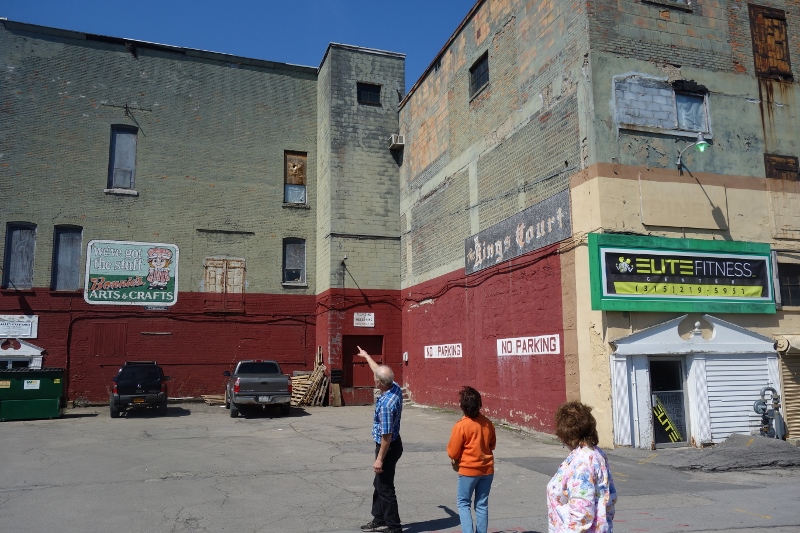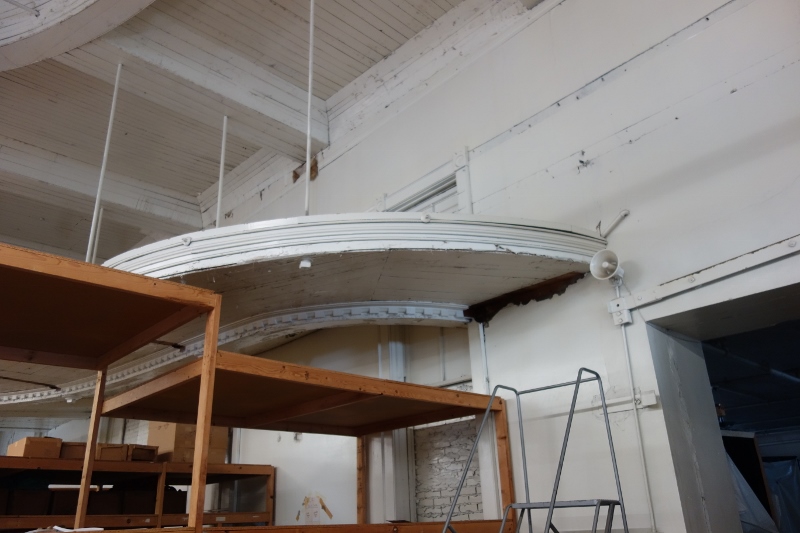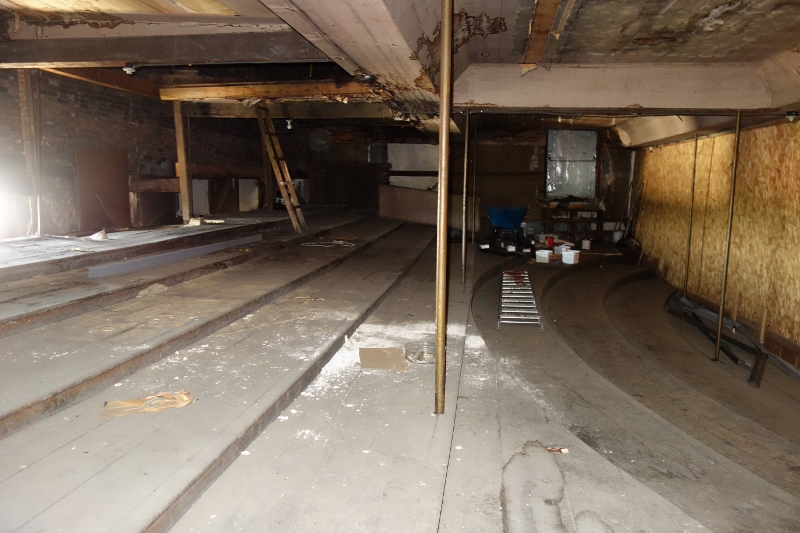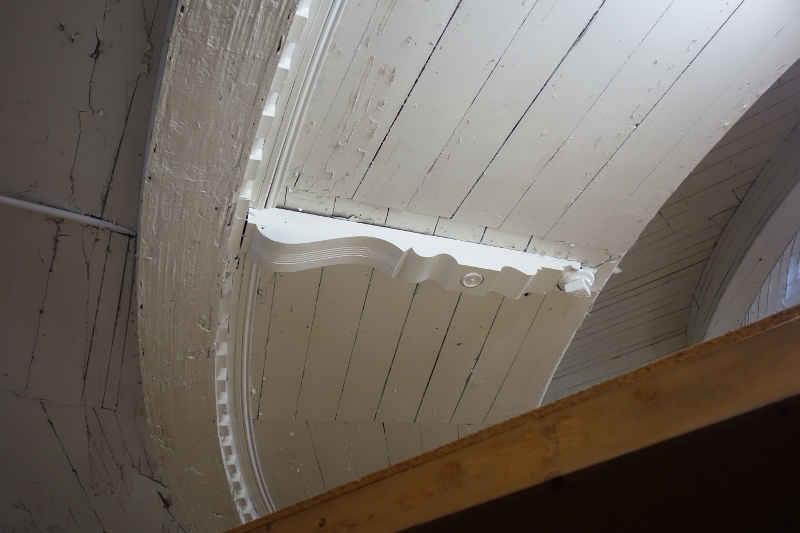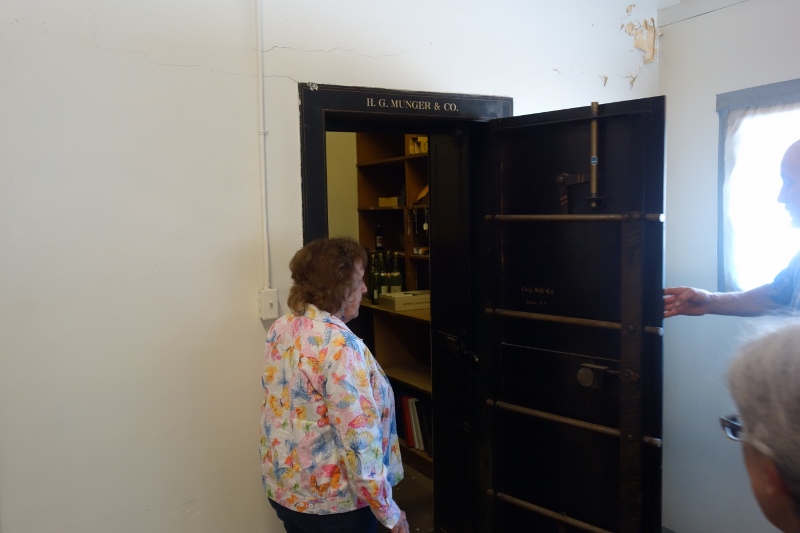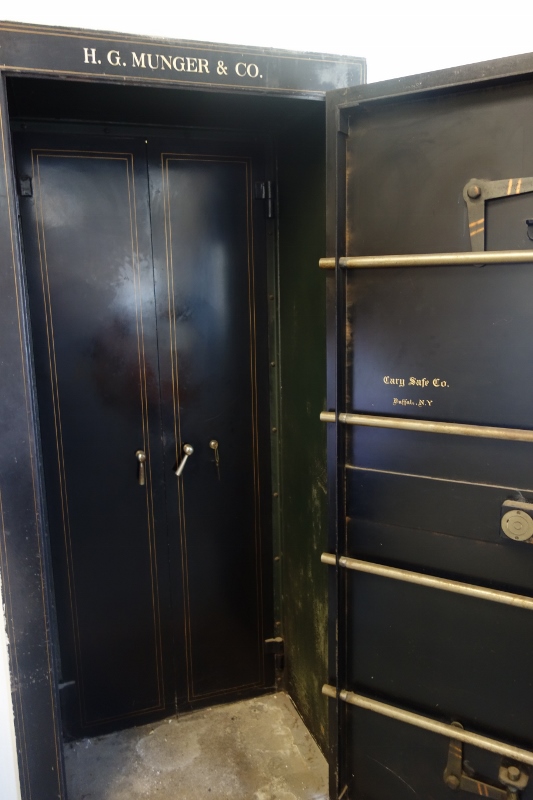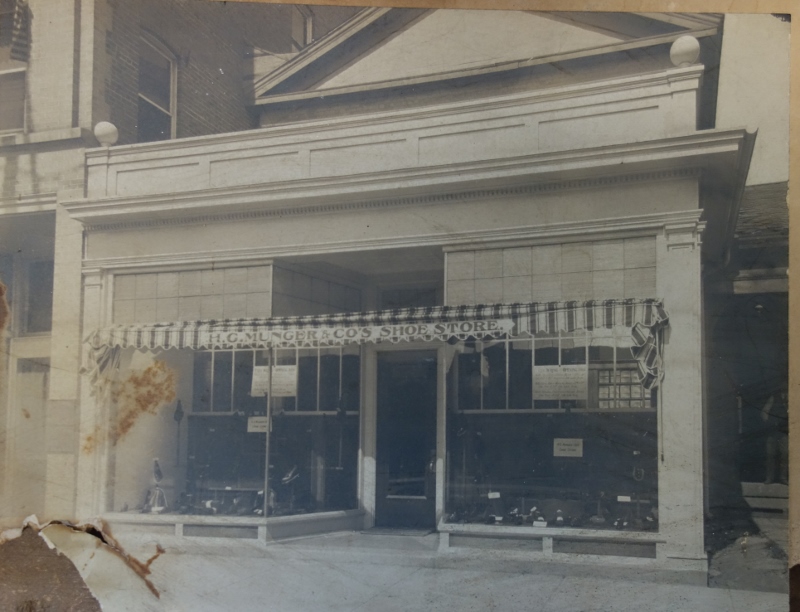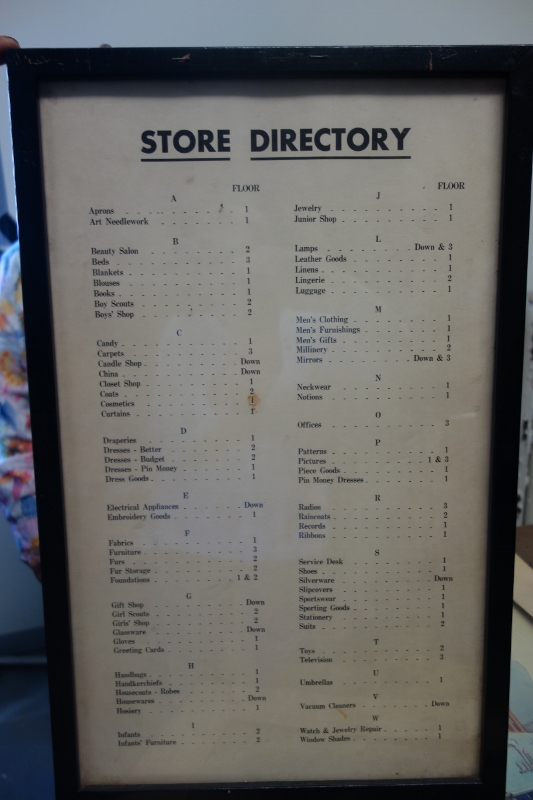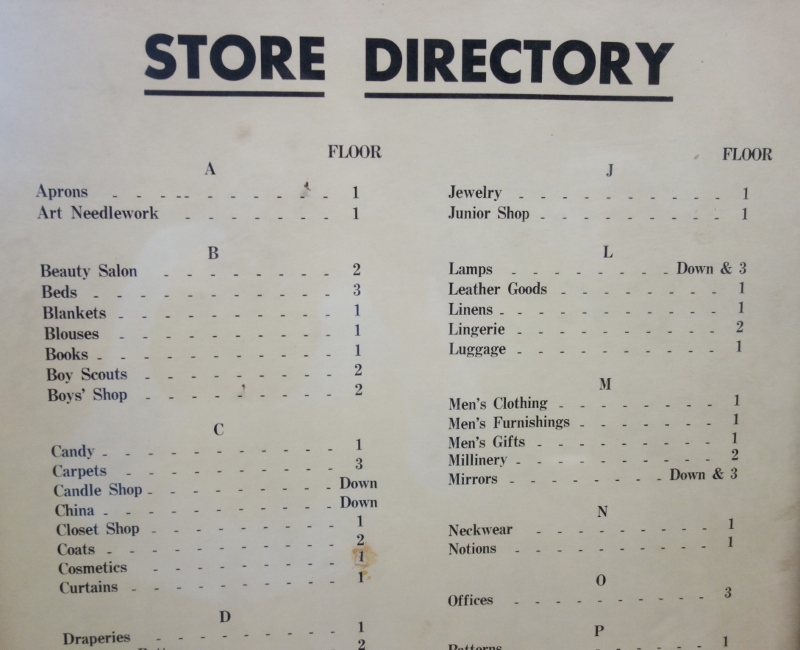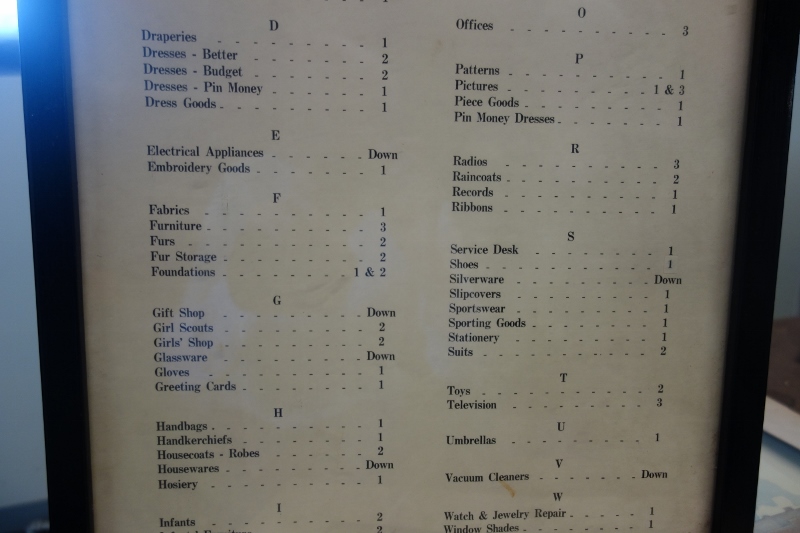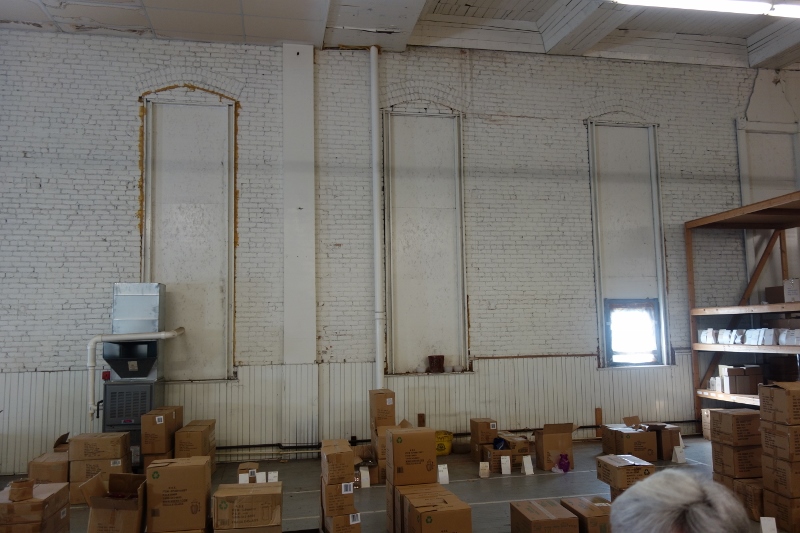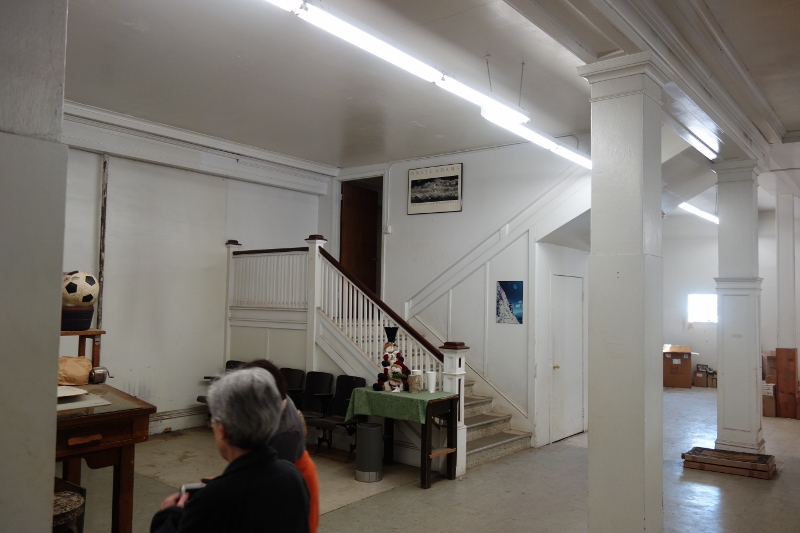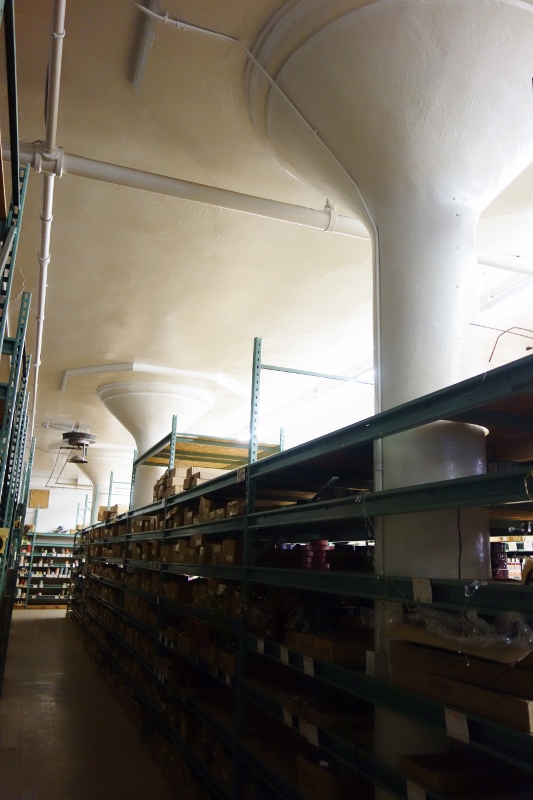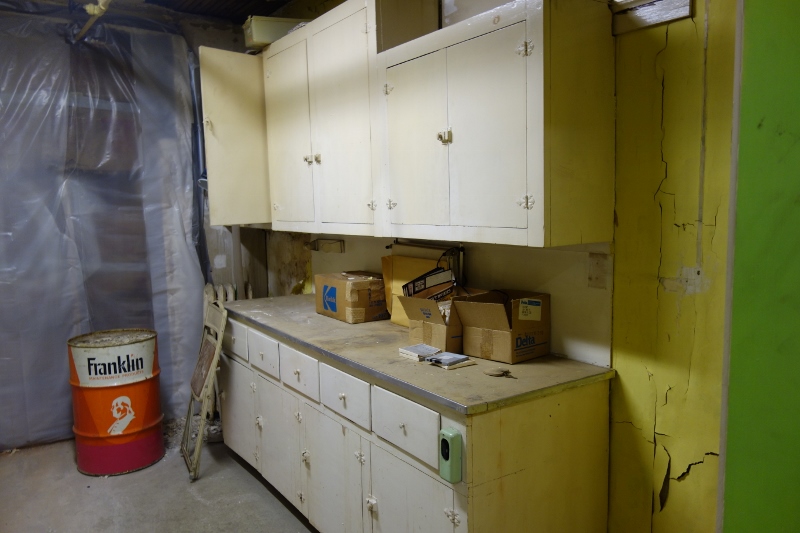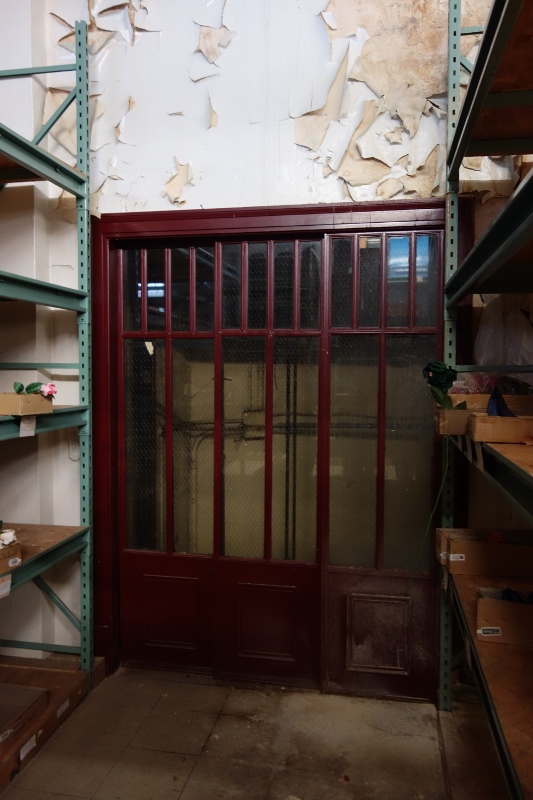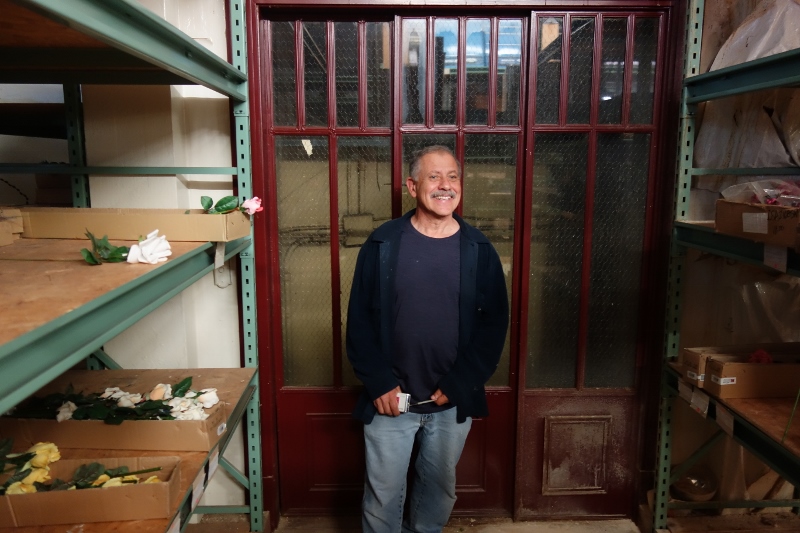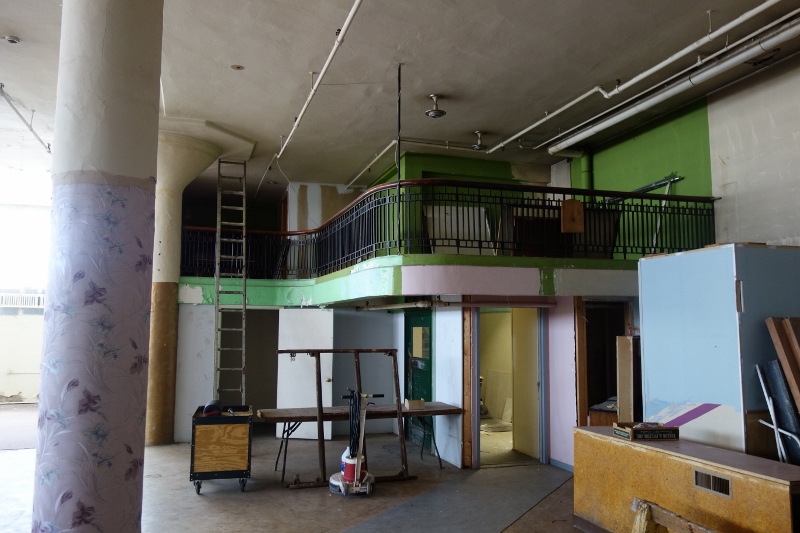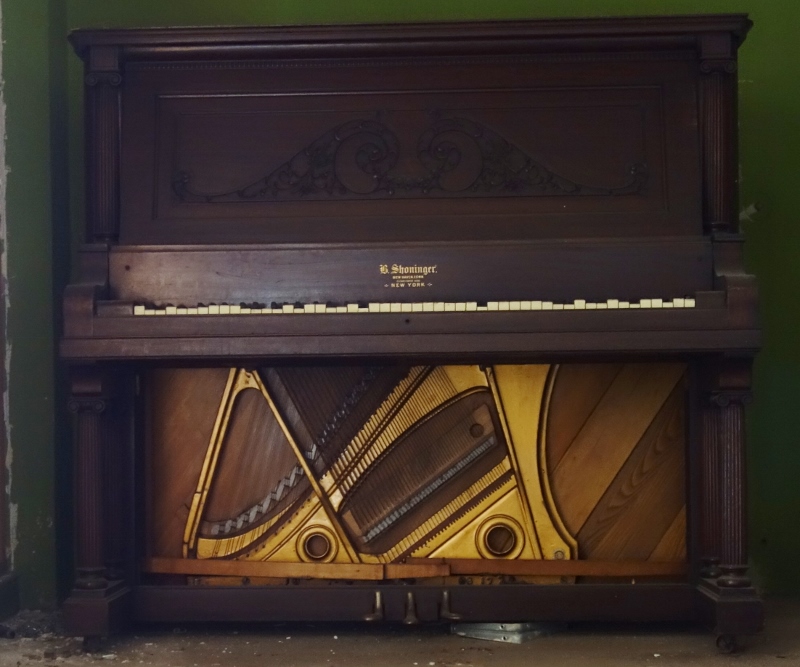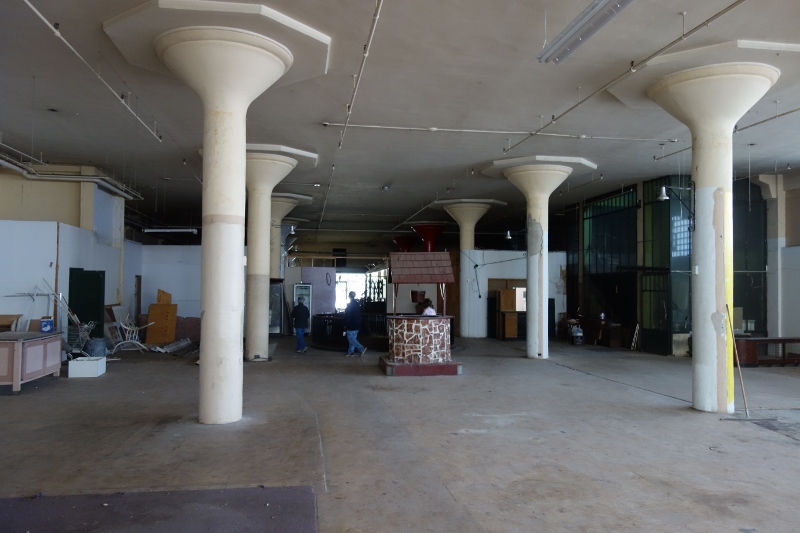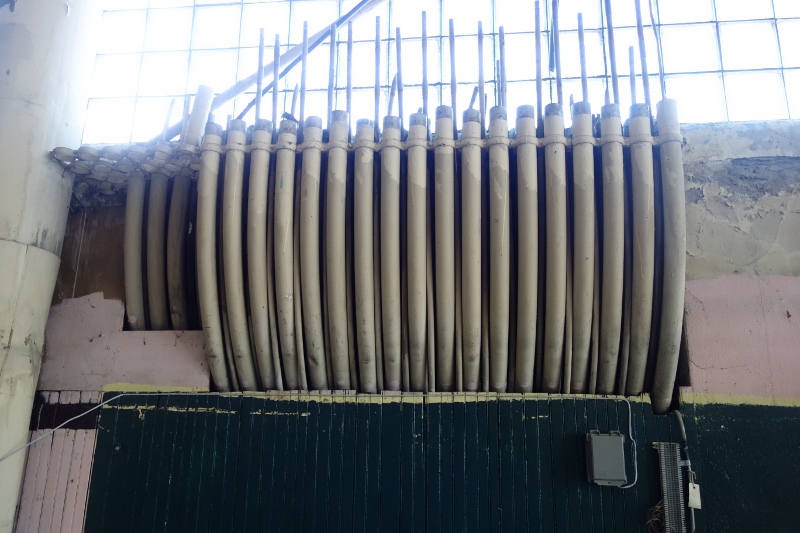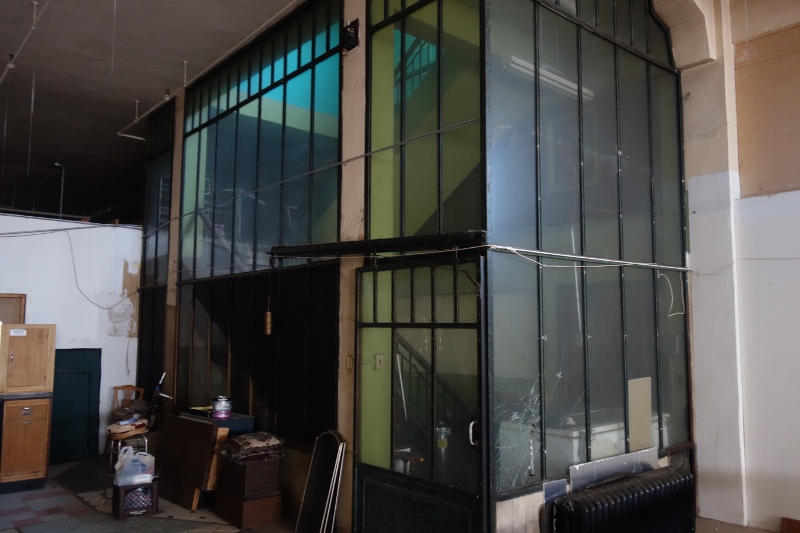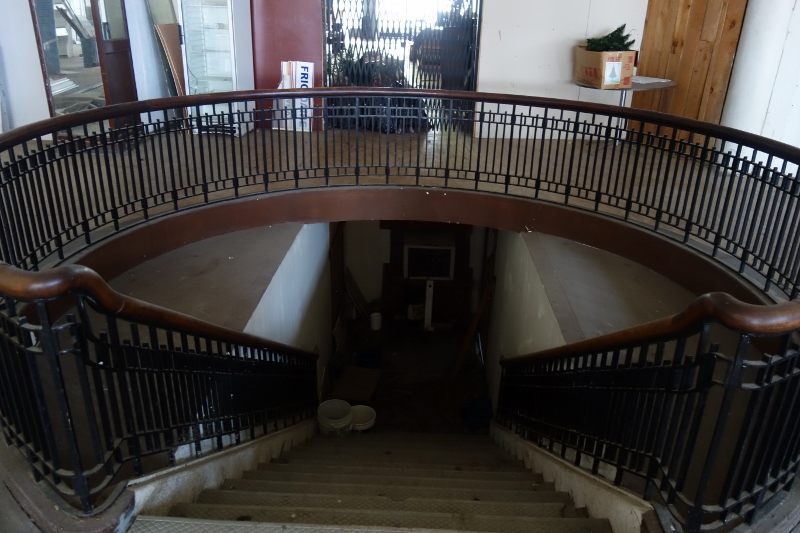MUNGER’S DEPARTMENT STORE – THE “MACY’S” OF THE MOHAWK VALLEY
HISTORY
 Henry Gillette Munger (1846-1933), the founder of one of the biggest department stores in the Mohawk Valley, was a native of Camden, NY. Henry attended Falley Seminary in Fulton. As a boy he worked as a clerk in a store in Camden and later as a store clerk in Cazenovia. He then became salesmen for Edward Price in Syracuse.
Henry Gillette Munger (1846-1933), the founder of one of the biggest department stores in the Mohawk Valley, was a native of Camden, NY. Henry attended Falley Seminary in Fulton. As a boy he worked as a clerk in a store in Camden and later as a store clerk in Cazenovia. He then became salesmen for Edward Price in Syracuse.
In 1865 Munger headed out west to Flint, Michigan to work as a clerk in the establishment of Avery & McCreery. In 1867 he returned to Belleville, NY partnering in the mercantile business of Sterns and Munger in Ellisburg, Jefferson County. Mr. Sterns sold his interest in the business to Clarence Avery (1835-1906), who was Munger’s former employer when he was in Flint, Michigan. The business became Avery & Munger when the business closed and they moved to Herkimer in 1869. They bought out the business of the Taylor Brothers in the Fox Block, which was north of the Waverly Hotel on North Main Street. The site of the Waverly Hotel later became the General Herkimer Hotel. It has since been razed. In 1881 Munger bought out Avery and opened the “New York Store-H.G. Munger.” Avery started his own store in West Winfield. He came back to Herkimer in 1883 where he became associated with Mr. Munger once again working as his clerk and book keeper.
 Munger was so successful that he had to move to a larger location. He bought a framed building from Charles W. Palmer and had it moved across the street behind the Herkimer National Bank building on North Main Street which was two buildings north of the Waverly Hotel.
Munger was so successful that he had to move to a larger location. He bought a framed building from Charles W. Palmer and had it moved across the street behind the Herkimer National Bank building on North Main Street which was two buildings north of the Waverly Hotel.
FIRE
On February 26, 1898, fire broke out and destroyed the H. G. Munger store on Main Street. The fire was thought to have originated from the furnace. No nearby buildings were damaged by fire.
The store was moved into the first floor of the four storied Earl Block which was built in 1898 on the corner of North Main and Green Streets. Robert Earl (1824-1902) owned the block. Munger’s was also on the first floor and in a large room on the seco nd floor of the Masonic Temple Building, which was next to the Earl Block. It extended to the south on the first floor of the three story Graves Block and two story H.G Munger & Co. Shoes.
nd floor of the Masonic Temple Building, which was next to the Earl Block. It extended to the south on the first floor of the three story Graves Block and two story H.G Munger & Co. Shoes.
SECOND FIRE
On February 9, 1917, fire struck again when an explosion occurred in the basement of the large department store of H.G. Munger & Company in the Earl Block. Besides the Earl Block, the Masonic Temple Block and the greater portion of that building that was H.G. Munger & Company were destroyed. Other buildings devastated included the First National Bank, the Grange, the Evening Telegram plant, law offices, and other professional offices and apartments. One of the large safes of the H.G. Munger & Co. store was opened after the fire. The contents were found to be in good condition. The inventory of the store had been completed a few days before the fire and that, with the ledgers, were found undamaged. This helped the company to know what was lost in the fire. The estimated loss was half a million dollars.
Fine new buildings were built after the fire including the First National Bank, Liberty Theatre, the In and Out Shop, the Hines building, which housed Gallinger’s Drug Store, and, of course, the newly remodeled Munger’s Department Store.
Henry G. Munger began rebuilding the new store holding its Grand Opening on May 22, 1918 with Perry’s Full Orchestra performing. A miniature model reproduction of a Battlefield near Verdun, France was on display. The building was a modern fireproof structure, sixty-six by two hundred feet and erected at a cost of $150,000. It had freight and passenger elevators, sprinkler system, steel fire proof window sashes and wire re-enforced glass. The fixtures were made of rich mahogany. All metal fixtures were finished in statuary bronze. The Graves block to the north was added to the property at the same time. This building soon proved inadequate and in 1922 the Grogan block was acquired. This purchase permitted the establishment of a furniture department which was on the second and third floors. The combined stores represented a frontage of one hundred and forty-eight feet and contained more than sixty thousand square feet. A quote from a local newspaper unidentified stated “the new Munger store is one of the finest examples of department store construction and equipment that has been erected in New York State.” In 1957 Munger’s expanded to the adjacent three-story building which housed W.T. Grant Co.to the south adding more floor space. The three-story brick structure was once the Grand Opera House.
Munger’s had a unique way of recording its sales. It used a system of pneumatic tubes which ran from each department to the main office on the top floor. The clerk inserted the bill of sale and the customer’s money into a small metal container, was placed in a pneumatic tube and sent to the main office. It was there the sale was recorded and change was made and then was returned to the customer. There is a set of tubes that can be seen today on the north wall of the first floor of the Munger’s Building.
Munger’s had an elevator with an elevator operator inside. There was a glassed enclosed stair case to the upper floors. The stairway to the basement had a circular railing and there were mirrors on the four sides of posts on the first floors. Sadly Munger’s closed its doors in 1971, but the memories are still there. It became Howland’s department store which closed in 1976 and moved to Riverside Mall.
The Herkimer County Historical Society owns two oil portraits that used to hang in the store of Henry G. Munger and the other of Henry M. Simmons, grandson who modernized the store before his death in an automobile accident in 1938. They were donated by Frederick Zeitler, the manager of the store in 1976, when Howland’s closed.
TOUR OF THE BUILDING TODAY
On May 24 this year (2018) we were able to tour the old Munger’s Building, thanks to Gary King. Society volunteers Fran Peruzzi and Margaret Sinclair went along with us. Fran remembers as a child he kept trying to ride the elevator and the elevator man would shoo him off. We took his photo by the 2nd floor elevator! There are many pictures we took that day, including the remains of the balcony of the Grand Opera House. You can see a slide show of photos here and a video of our tour.
